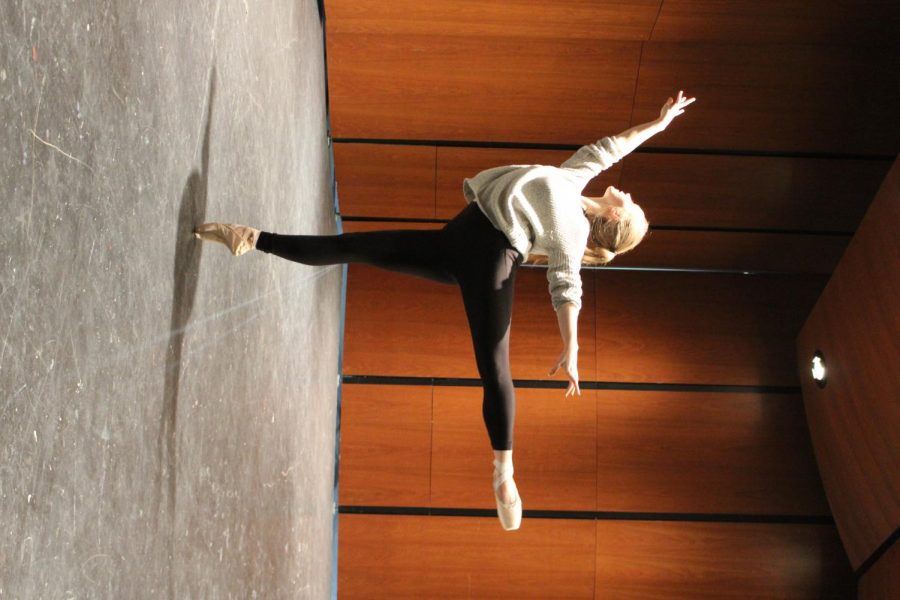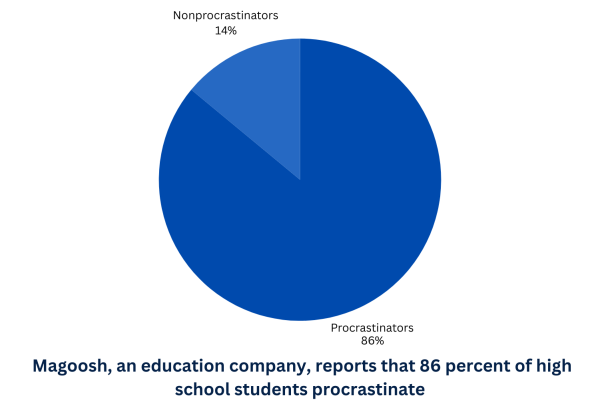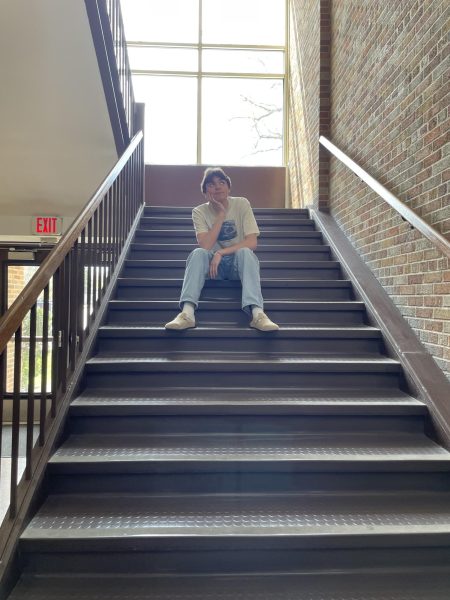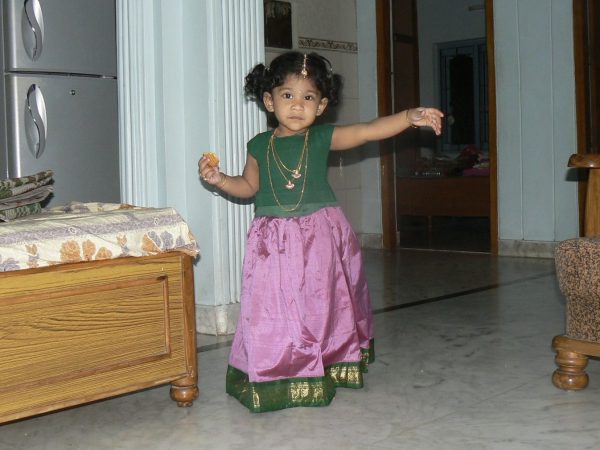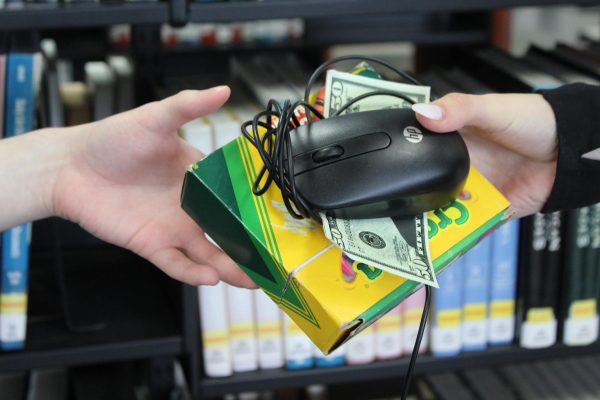Why outside-of-school athletes shouldn’t be in PE
Highly competitive athletes like dancer Brenna Farrell work hours perfecting their skills, yet are still unreasonably expected to also take a P.E. class on top of their stress from practices and homework.
Many people have that one friend who can never hang out after school due to their sport. The only time they can see this friend is during school when he or she is stressed and focused on their work.
Possibly, this friend is in your PE class.
He or she plays their sport for hours after school, but they’re still forced to participate in PE.
When a student plays a sport outside of school for hours a day, they should not have to participate in PE, even if it’s out of their school season. Not having PE during the day would allow the student to have a study hall in its place, giving them more time to work on homework which, if used efficiently, will give them the opportunity to get more sleep or just relax a little after school.
Although he can’t speak for past principals, current principal Dr. Tom Koulentes has never allowed an athlete to be excused from PE on the basis that they play a sport outside of school; this decision rests solely with Dr. Koulentes.
This is spelled out in a statewide school code that reads, “A school board may also on a case-by-case basis excuse pupils in grades 7-12 who participate in an interscholastic or extracurricular athletic program from engaging in physical education courses.”
Dr. Koulentes said he and the leaders of our district interpret interscholastic as IHSA and extracurriculars as sports like hockey and fencing — they’re affiliated with LHS but not considered official sports.
Personally, this doesn’t make sense to me.
Dr. Koulentes did mention that schools can interpret this differently, and many do. I have friends who go to different schools in Illinois who have been exempt from PE since freshman year for tennis.
To me, interscholastic does relate to IHSA sports; however, the “extracurriculars” part confuses me.
According to Merriam-Webster dictionary, an extracurricular does “not [fall] within the scope of a regular curriculum.” Although, it does continue to say that they are “usually” connected to the school; “usually”– meaning it doesn’t have to be — being the key word.
This makes me think that any student playing a sport without a connection to school should be allowed out of PE, or at least considered for an exemption.
To Dr. Koulentes, PE is very important for all students, including people who play sports for hours after school. The PE curriculum not only covers physical fitness but also physical education, he emphasized. This includes things we learned in health freshmen year: nutrition, sexual health and taking care of your life and body.
In a way, I understand the point of this. However, after taking health freshman year and in middle school, a lot of the basics are covered, and to me, some things are either common sense or not necessary unless you want to go into a science profession.
One high-achieving athlete is junior Brenna Farrell, an amazing dancer who has already been offered college scholarships.
She practices from 5-10 p.m. on Monday-Thursday and from noon-6 p.m. on weekends. During seasons when she has performances, for example, right now she is playing Clara — the lead — in “The Nutcracker,” her classes are even longer.
On top of her 5-6 hours of dance per day, she consistently has 2-3 hours of homework because she takes three AP classes and an honors class. Because she’s in AP Physics I, she only has half of a period for lunch, where she tries to do homework as she doesn’t have a study hall. But she does participate in PE; she’s in yoga.
Obviously it is Farrell’s choice to dance outside of school and she knows that between dance and homework, she’ll be busy, tired and stressed; however, a student shouldn’t have to consistently feel this worn out when there is a solution that could improve every aspect of her health: give her a study hall instead of making her participate in PE for 45 minutes a day.
There is no need for her to be in PE if she’s already dancing for five hours after school.
I understand that there have been studies that show that students perform better during the school day if they participate in physical activity. However, studies conducted by the Centers for Disease Control and Prevention say teenagers need 8-10 hours of sleep a night.
Farrell doesn’t go to bed until around 12:30 a.m. and then wakes up at 7 for school.
Yes, I realize that if student-athletes were given study halls instead of PE classes, they would only get 45 more minutes of homework finished, which would only translate to 45 more minutes of sleep.
But, first of all, I think many, many people would take an extra 45 minutes of sleep.
Secondly, I’ll ask you, what difference does it make for a dancer who practices at least five hours a day to play some sort of sport for an extra 30 minutes?
Farrell’s case makes clear that students who play sports outside of school should not have to spend their time in a PE class playing a sport that doesn’t help their own skills, losing time when they could actually be productive.



